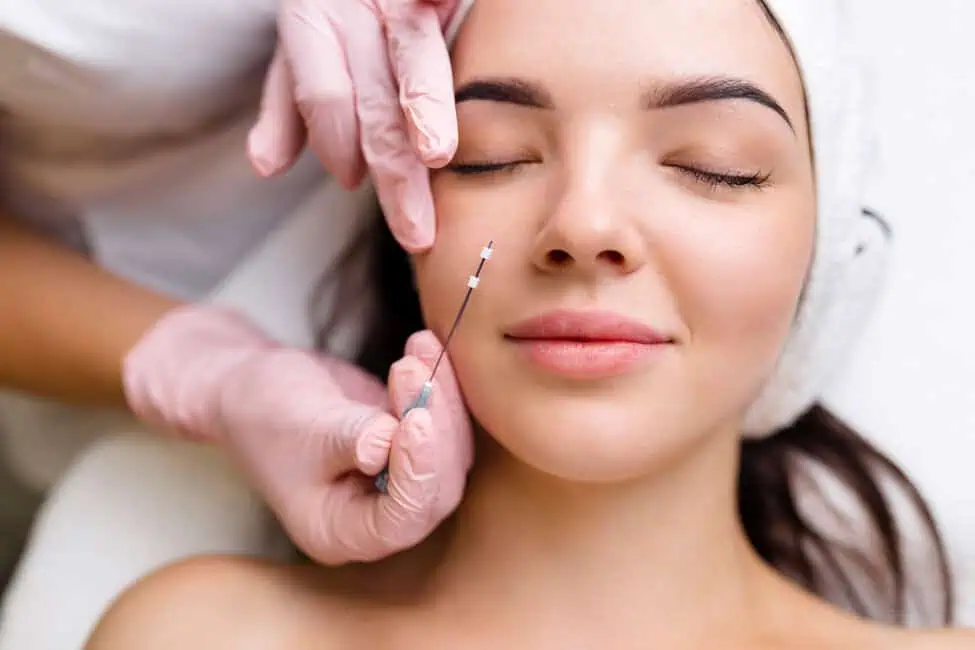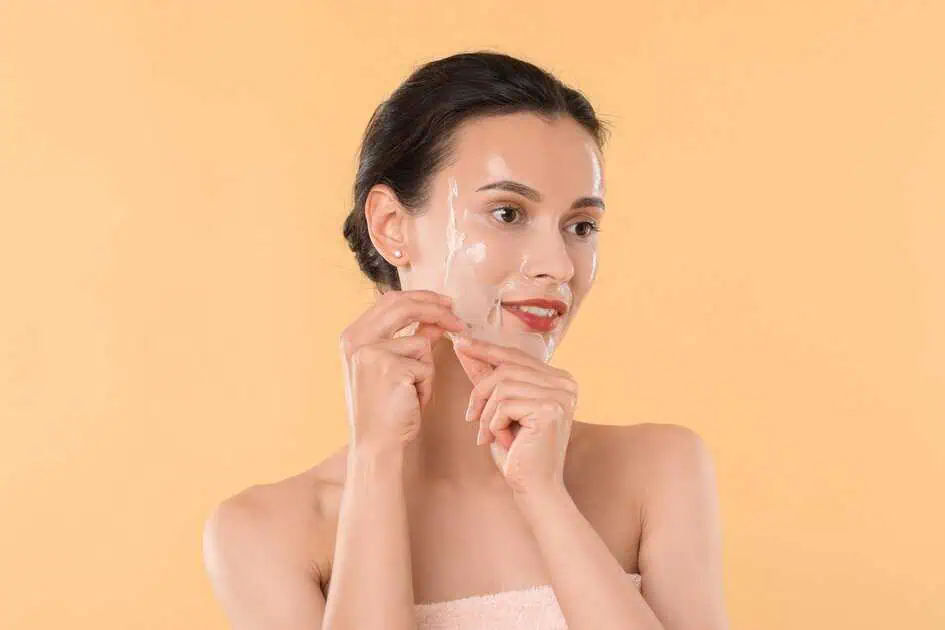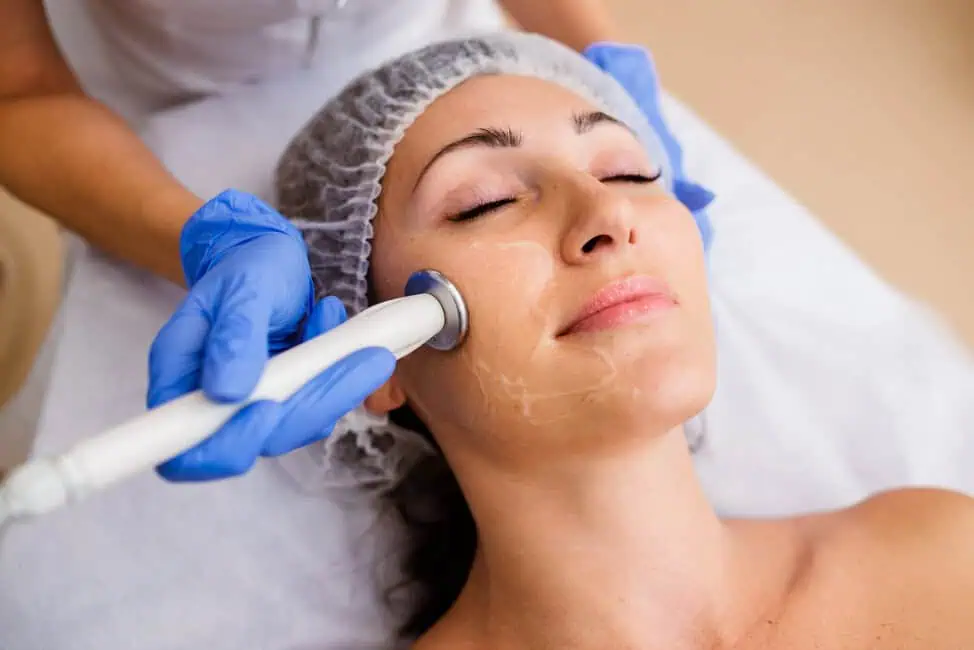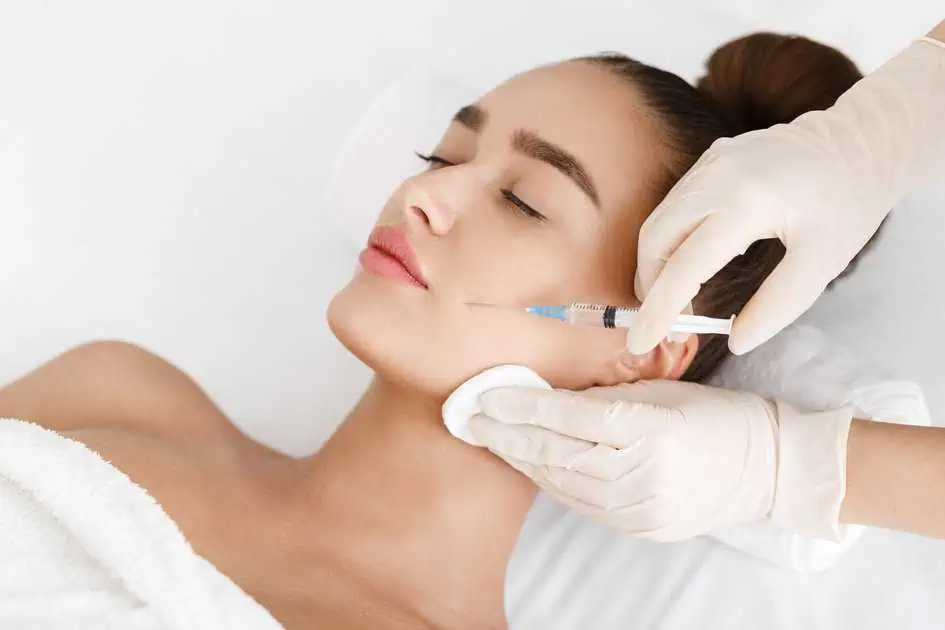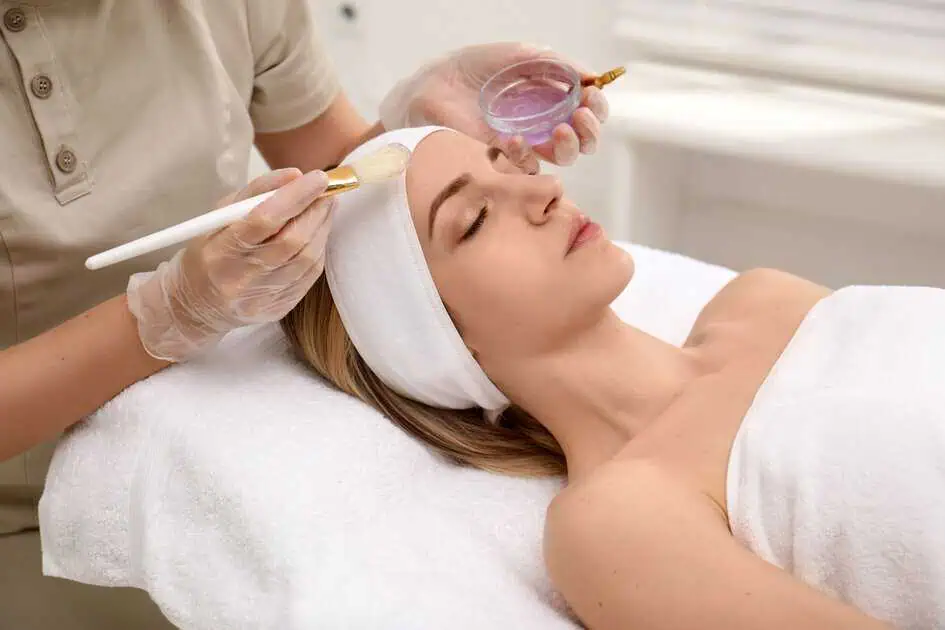People are looking for treatments to get rid of their crow’s feet and smile lines, as well as treatments, to make their lips, cheeks, and hands look fuller.
The appearance of wrinkles and volume loss in the face that might be caused by aging or certain medical disorders can be improved by infusing dermal fillers into the hands and face. People generally say that they are pleased with the results of their therapy when it comes to dermal fillers that have been approved by the Food and Drug Administration in the United States.
Dermal fillers are an injection therapy that, while comparable to Botox Cosmetic procedures, do not accomplish the same goal of smoothing the skin appearance in the same way that Botox Cosmetic does. The breakdown and loss of supporting tissue beneath the skin’s surface is one of the factors that contribute to the appearance of wrinkles and lines on your face. The outer layer of this supporting tissue eventually collapses into the spaces that are left behind as it ages.
Dermal fillers use substances that are already present in the body, such as hyaluronic acid, a protein that organically attracts and retains moisture in the skin. This allows the dermal filler to build up decreased volume and crevasses in the skin support layers in a non-invasive manner. Your skin will have a more even texture and a more youthful appearance as a direct result of the dermal fillers. The effects, depending on the item, can be rather long-lasting for the most part.
Unfortunately, dermal fillers are just not for. People who have specific illnesses, such as blood disorders or certain allergies, should not use dermal fillers since they may not be suitable for them. If your primary care physician verifies that dermal fillers are a choice for you, you should be aware that all medical items offer potential advantages in addition to potential side effects.
The Food and Drug Administration (FDA) suggests that before undergoing treatment, a patient consult with a licensed medical professional who has experience injecting dermal fillers, is informed about fillers, anatomy, and the management of complications, and most notably, informs the patient of the potential risks and benefits of the treatment.
Types of Dermal Fillers
Together with the patient, the physician will choose which option is the most suitable for that individual, taking into account the patient’s age, skin type, and any other relevant characteristics, as well as the desired outcome for that individual.
Hyaluronic Acid
Hyaluronic acid is a naturally occurring substance that can be found in the connective tissue of the skin. Due to the fact that it is both safe and effective, it has become the most popular filler for use in cosmetic facial operations. Hyaluronic acid injections have the ability to reduce the appearance of wrinkles and fine lines, as well as restore volume to the skin.
The size of the hyaluronic acid particles is what differentiates one hyaluronic acid solution from another. These particles are designed to address varying degrees of wrinkling, with smaller particles targeting age spots and larger particles targeting deeper creases and folds.
Calcium Hydroxylapatite
Deeper creases and folds in the skin can be treated with calcium hydroxylapatite. It gives the physician the ability to sculpt the jawline and increase volume in the cheeks and the area around them. When used to fill wrinkles, these shots may last for up to 3 years; when used for sculpting, their effects may continue for up to one year.
This filler is called polymethyl methacrylate (PMMA), and it is made up of microspheres that are contained in a collagen-based gel. The gel immediately adds volume to the skin, which lifts it and helps smooth out wrinkles and scars caused by acne. The microspheres are able to maintain their position and offer structural support, resulting in the appearance of smoother skin.
Poly-L-lactic Acid
This medication was initially intended to treat signs of severe wasting caused by HIV infection; nevertheless, the FDA has since approved it for the treatment of facial aging. The effects of injections can continue for up to 2 years.
Human Fat
It’s possible that the doctor would remove fat from the patient’s own body and then inject it into the face in order to build up shallow contours, increase facial fullness, and fill in deep creases. Because liposuction is necessary to remove the fat before it can be injected, using fat as an injectable filler is a more complicated procedure than using other injectable fillers. The duration of effects following fat injections might be difficult to estimate, as they differ from case to case and depend on the location of the injection.
Botulinum Toxin and Dermal Fillers
Botox, Dysport, Xeomin, and Jeuveau are some of the botulinum toxin medications that have been approved by the FDA for use in the treatment of wrinkles on the face. These medications are not dermal fillers like others on the market. They are medications that are administered via injection, and their mechanism of action involves preventing the muscles from contracting in order to reduce the appearance of wrinkles.
Clinical studies have not been conducted to investigate whether or not it is safe to use dermal fillers in conjunction with Botox or any other treatment.
Botulinum toxin products are generated from the same bacteria that cause botulism; however, the quantities utilized for aesthetic purposes are purified and many orders of magnitude smaller than the original bacterium.
The use of these injectable medications to temporarily enhance the appearance of one or maybe several different types of facial lines, such as frown lines, forehead lines, and crow’s feet, has been given the go-ahead by the Food and Drug Administration (FDA).
Facial weakness, drooping eyelids, and drooping brows are some of the side effects that have been observed in clinical trials. At the injection site, some patients had localized discomfort, swelling, skin discoloration, and bruising in addition to other side effects.
In extremely rare instances, patients who had injections experienced double vision, dry eyes, difficulties swallowing, or difficulty breathing. It is not suggested that women who are pregnant or breastfeeding get injections of cosmetic botulinum toxin products because of the potential for adverse effects.
If you want to know more about Dermal Fillers, contact Alli B + CO and discuss with the experts.



